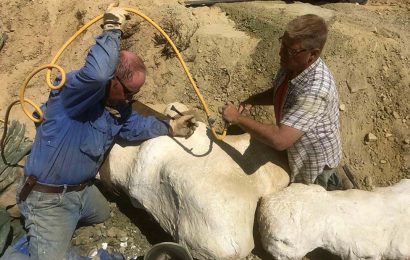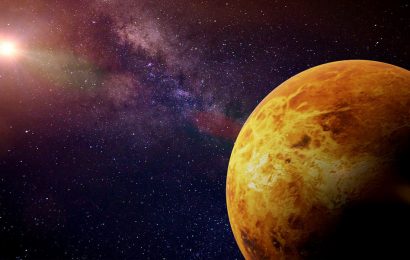The Gaia spacecraft has new predictions regarding the future collision with the nearest Andromeda galaxy
Our galaxy was initially predicted to collide with its neighboring Andromeda galaxy 3.9 billion years from now according to astronomers that used the Hubble Space Telescope and measured the sideways motions of the Andromeda years back. However, recent new measurements have been made by the European Space Agency’s Gaia space telescope, that state that instead of a head-on collision there will be an initial glancing blow and also pushed back the date to 4.5 billion years from now.
The Gaia spacecraft was launched in December 2013 in order to help researchers create the best 3D map of the Milky Way. Since then it has been precisely monitoring the positions and movements of stars in our galaxies and neighboring galaxies, as well as other cosmic objects.
The neighboring galaxies are the Andromeda, also known as M31, and the spiral Triangulum, known as M33. These are situated at a distance of 2.5 million to 3 million light-years of our galaxy and may even be interacting with each other, according to scientists. Researchers also mapped out how M31 and M33 have moved through space so far and where they will likely go over the next billion years. Gaia project scientist Timo Prusti stated:
“Gaia was designed primarily for mapping stars within the Milky Way – but this new study shows that the satellite is exceeding expectations and can provide unique insights into the structure and dynamics of galaxies beyond the realm of our own. The longer Gaia watches the tiny movements of these galaxies across the sky, the more precise our measurements will become.”
Andromeda is currently hurtling toward us at nearly 250,00 miles per hour, but when the two galaxies will finally meet, it will actually be more of a sideswipe than a head-on collision that will liven up the night sky for any creatures living on Earth 4.5 billion years from now. Moreover, scientists claimed the galaxies will actually collide several times, pass through one another and then collide again until eventually they will become one galaxy.
Scientists say that by then the Earth will be orbiting the sun on a more randomly oriented orbit within a large elliptical galaxy. The sun will be on its way to becoming a red giant star anyway, which is a natural stage in stellar evolution, it will brighten and balloon outward, engulfing Mercury and Venus and turning Earth into a roasted bit of planetary charcoal.
Source: space.com




